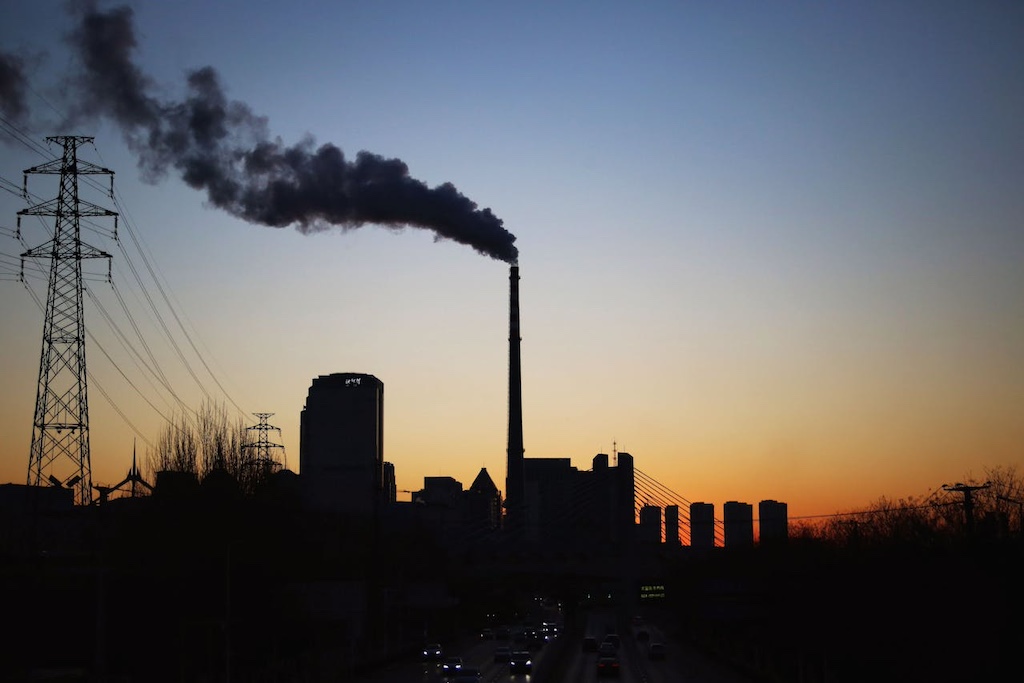Global warming and climate change have become the greatest threats to the planet in recent decades. Carbon dioxide (CO₂) and methane (CH₄) contribute most to the greenhouse effect that warms the Earth. These gases significantly accelerate the rise in global temperatures. temperature. CO₂ stays in the atmosphere for a long time. Methane lasts shorter but has an 80 times stronger warming effect than CO₂ in 20 years.
Given the urgency, countries worldwide are racing to find technological solutions that address not just one, but both major greenhouse gases simultaneously. A breakthrough gaining global attention comes from China, through the development of the e‑DRM (electrified dual removal mechanism). This technology claims to absorb and reduce both CO₂ and methane emissions effectively—even at an industrial scale.
What Is e‑DRM Technology?
e‑DRM stands for electrified dual removal mechanism, a technology designed to simultaneously eliminate two major greenhouse gases—carbon dioxide and methane. Researchers at the Chinese Academy of Sciences developed this innovation with renewable energy institutions. This breakthrough marks major progress in climate change technology.
The e‑DRM operates using an electricity-driven catalytic reaction that transforms CO₂ and CH₄ into syngas or other valuable chemical products. In the process:
- Methane (CH₄) acts as an electron donor.
- Carbon dioxide (CO₂) serves as the acceptor.
- Electricity powers the reaction, enabling it to run on clean energy sources such as solar or wind power.
This technology stands out by cutting harmful emissions and producing useful byproducts like syngas. Syngas can be reused in fuel, petrochemical, or energy industries.
Efficiency and Industrial Scalability
The main advantages of e‑DRM lie in its high efficiency and potential for industrial scalability. According to laboratory tests and pilot projects in industrial zones across China:
- Emission conversion efficiency exceeds 85%.
- The process generates no hazardous waste.
- It operates at moderate temperatures, avoiding the extreme heat often required in traditional chemical methods, thanks to its electrified mechanism.
Additionally, e‑DRM is highly adaptable to various field conditions. Industries can integrate it into fossil-fuel power plants, natural gas facilities, or sites emitting methane and CO₂.
Its modular design allows it to be scaled from small to large applications, making it suitable for both developed and developing countries seeking to enhance their climate mitigation capabilities.

https://www.pexels.com/photo/person-holding-a-green-plant-1072824/
Significant Impact on Global Warming
If widely adopted, e‑DRM could have a substantial impact in slowing the pace of global warming. Since methane and carbon dioxide make up more than 90% of total global greenhouse gas emissions, the ability to treat both at once gives e‑DRM a strategic edge.
The technology also supports the transition toward a carbon circular economy, where emissions are not just minimized, but also converted into energy or valuable raw materials. This approach helps countries like China—and potentially Indonesia in the future—achieve net-zero emissions targets more efficiently and rapidly.
Moreover, by running on clean electricity, e‑DRM opens up opportunities to build emission-reduction systems independent of fossil fuels, aligning perfectly with global decarbonization goals.
China’s e‑DRM technology presents a promising solution to simultaneously cut CO₂ and methane emissions, two of the world’s most damaging greenhouse gases. Through innovative electrified reactions and efficient processes, this technology not only ensures high emission reduction rates but also provides economic value through useful byproducts.
If developed and implemented consistently, e‑DRM may become a key player in the global fight against climate change, offering an effective, scalable, and environmentally responsible approach. It demonstrates that future solutions must be intelligent, efficient, and holistic—capable of addressing multiple challenges at once to truly safeguard our planet.
Read other Articles: Recognizing Clean Energy Sources: Government Strategies to Reduce Emissions





